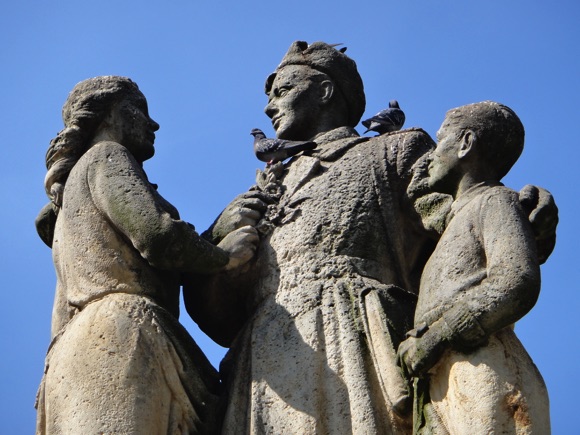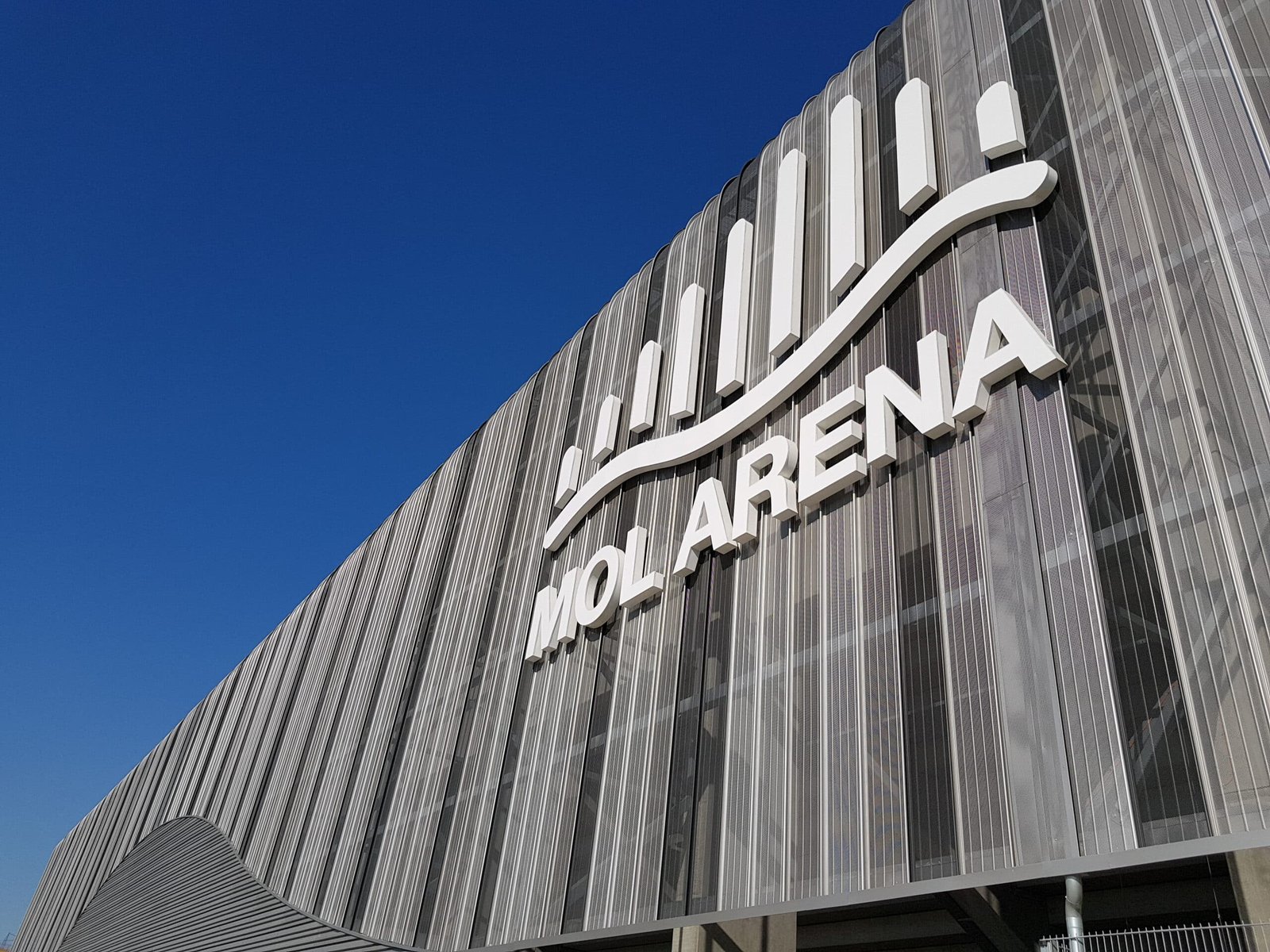A fan’s guide – the club from early doors to today
MŠK Žilina date back to late 1908, when workers at the Súkennej and Hungária factories, together with students, started up a sports club. The Žilina Athletes’ Circle – known as the Hungarian Zsolnai testgyakorlók köre as Slovakia was then ruled from Budapest – focused mainly on football and tennis.
Twenty years later, Žilina won the then semi-amateur Slovak championship for the first time, as Slovak clubs were not allowed to compete in the professional Czechoslovak league. They won it the following year, too, but after the war Žilina failed to impress upon their opponents from Prague, Brno or even Bratislava.
As Dynamo Žilina, they won the Slovak Cup in 1961, allowing the club to make its debut in Europe. Czechoslovak international Viliam Jakubčík scored two goals in the 3-2 defeat of Fiorentina but the eventual Cup Winners’ Cup finalists emerged triumphant in the second leg.
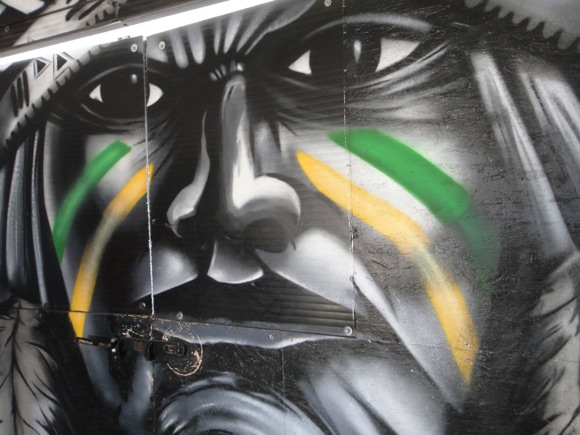
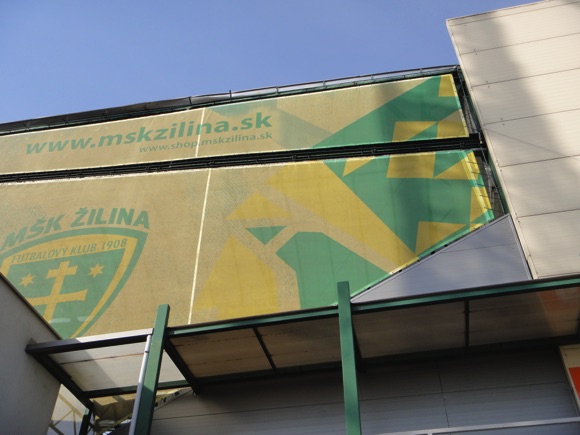

Though relatively consistent in the Czechoslovak league, Žilina had to wait until Slovakia gained its independence before they found modern-day success. From 2000, under Ladislav Jurkemik, the Slovak defender who scored the penalty before Antonín Panenka’s famous winning one at Euro 1976, Žilina began to challenge Bratislava’s dominance of the newly independent league.
With later Nuremberg star Marek Mintál scoring the goals, Žilina won back-to-back titles in 2002 and 2003. Marek Bažík was the top scorer, from midfield, when Žilina made it three in a row.
Later coach of the Czech national team Pavel Vrba was in charge when Žilina won a fourth title in 2007, forward Stanislav Šesták the top scorer before his move to Bochum. In Europe, Slavia Prague needed penalties to send Žilina out of the Champions League – three years after Chelsea stopped the Yellow-and-Greens from progress to the group stage.
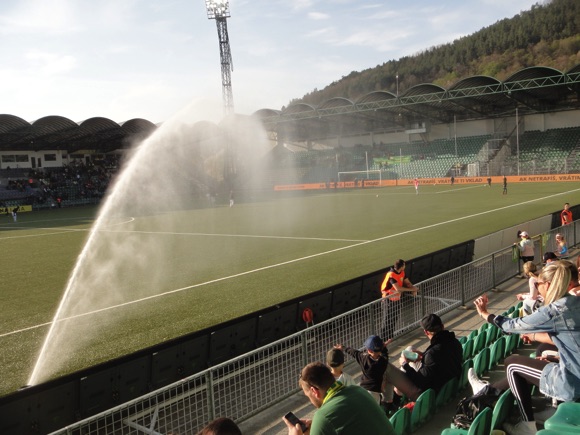
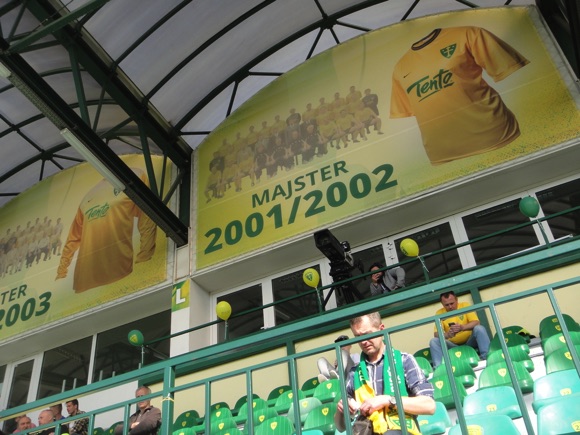

In 2008-09, a win at Aston Villa wasn’t enough to keep Žilina in the UEFA Cup but revenge, of sorts, was had in 2010 when Sparta Prague were defeated to gain the Slovaks access to the lucrative Champions League group stage. Chelsea were again the successful opponents, along with equally victorious Marseille and Spartak Moscow.
In the league, Žilina won titles in 2010 and 2012, both times by narrow margins, and both times with Tomáš Majtán scoring significant goals. Winger Róbert Pich was another vital factor in the later triumph, though it was Maitán who opened the scoring when Žilina won the Slovak Cup to do the double in 2012.
The next two seasons saw Žilina slip down the table, before claiming a runners-up spot and European football in 2014-15, midfield captain, Slovak international Viktor Pečovský, the lynchpin. Only away goals allowed Athletic Bilbao to pip Pečovský’s teammates to a place in the Europa League group stage in 2015-16.



Still captained by Pečovský and coached by former Žilina midfielder Adrián Gul’a, MŠK ran away with the league in 2016-17, the goalscoring prowess of Filip Hlohovský stretching the club’s goal difference to +57 and ensuring a 16-point gap between the now seven-time Slovak champions and nearest challengers Slovan.
Neither Žilina nor Hlohovský kicked on from there. Slovan came roaring back as, briefly, did a revived Spartak Trnava, while the previous top scorer and player of the year disappeared in a litany of unwise transfers in the Far East.
In Europe, Žilina soon lost the momentum of their 2017 title triumph when a quick hat-trick by Copenhagen’s Andrija Pavlović ended their subsequent Champions League campaign at the newly renovated Štadión pod Dubňom. The club’s home since 1941 had recently become Slovakia’s too, increasing Žilina’s status, but the opening of Slovan’s stadium in Bratislava and Spartak’s in Trnava overshadowed this now provincial outpost.
Žilina remained in the running, however. Talented midfielder Ján Bernát won Young Slovak Player of the Year when Žilina finished in second place behind – a long way behind – Slovan Bratislava in the pandemic-affected season of 2019-20.

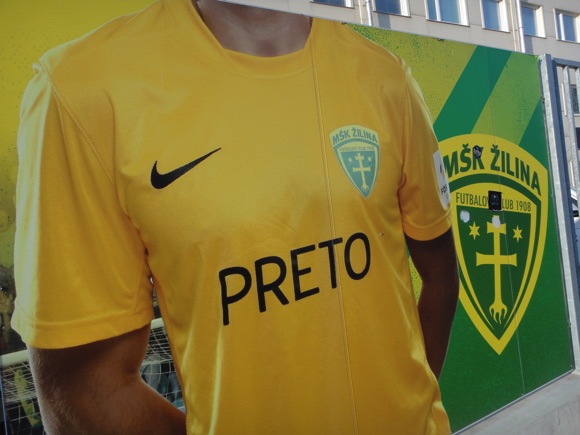
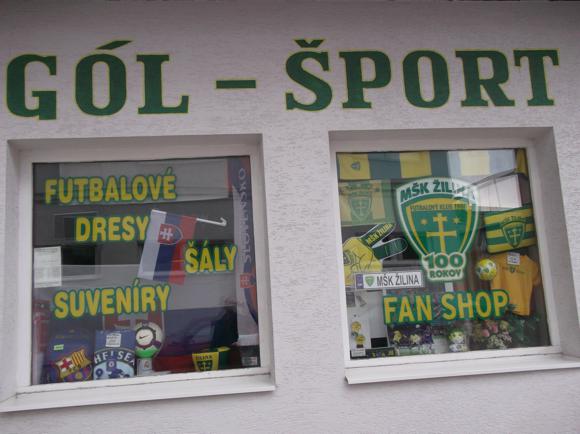
That spring, entrepreneur Jozef Antošík became football’s first owner to bankrupt his club, deciding to rely purely on young players. In 2020-21, Bernát duly provided the chances for the league’s top scorer, Polish U-20 international Dawid Kurminowski, for Žilina to qualify for the newly created Europa Conference League.
Although the Slovaks were duly swept aside by the Czechs of Jablonec in the play-off round. Antošík, having made his fortune in fish and paper, continued to sell off his up-and-coming talent at a significant profit, Bernát to Westerlo in Belgium, Kurminowski to AGF in Denmark. It’s not all one-way traffic – in 2022, Žilina’s youth side beat Inter Milan’s in the UEFA Youth League knock-out stage.
Despite his missed penalty in the shoot-out in the next round against Red Bull Salzburg, home-grown striker Adrián Kaprálik quickly rose into Slovakia’s national squad, gaining his first cap that November. The club’s top scorer as the 2022-23 season drew to a close, Kaprálik was surrounded by players in their late teens and early twenties as Žilina competed with Slovakia’s six best in the Championship Round.
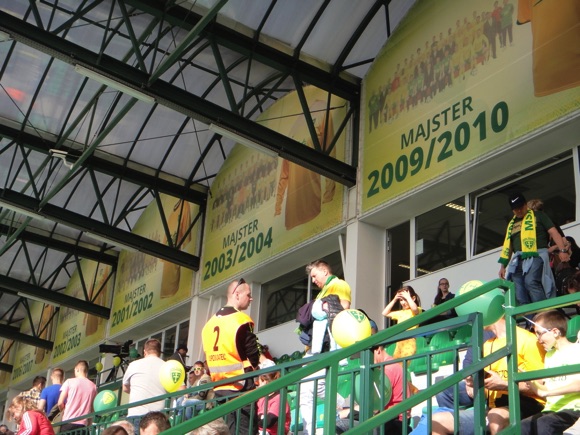
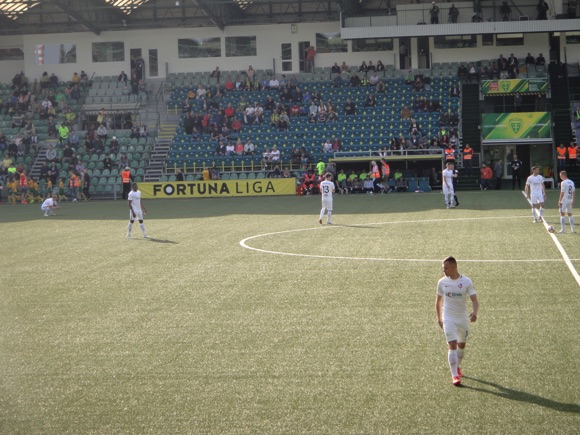
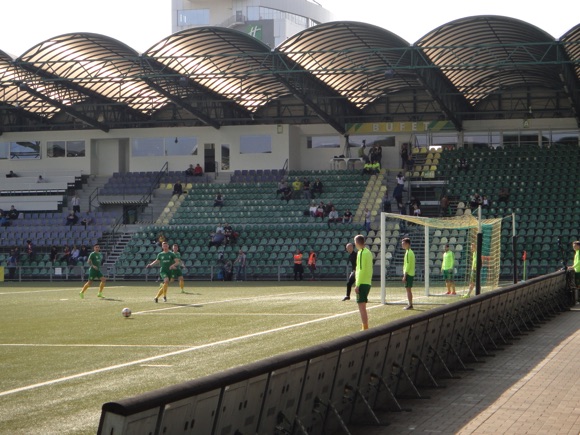
Stadium Guide
The field of dreams – and the stands around it


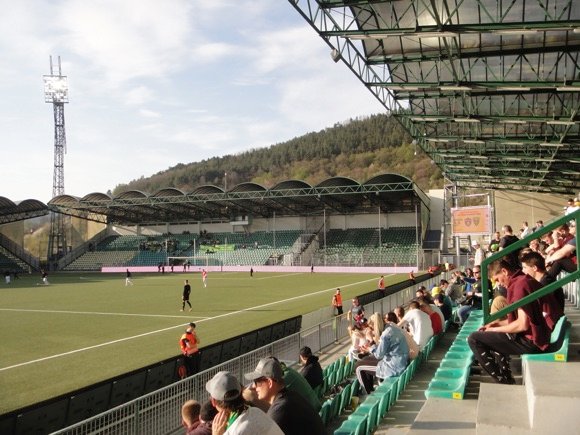
Žilina’s Štadión pod Dubňom holds around 11,000, all-seated. The club has played on this site, behind the railway station, since its foundation over a century ago, but an actual stadium was first built in 1941.
After flooding of the park pitch here in 1925, it was clear that something more substantial needed to be built. Vojtech Závodský, who was at the foundation meeting of the Slovak Football Association in 1919, was behind the construction. The opening fixture was a match with AC Sparta Bystrica, a 3-0 win. A record 25,000 squeezed in for a gala match between a Slovakia XI and Dynamo Moscow.
New stands were added in the early 1960s.
The stadium’s current appearance is due to a four-year rebuild and expansion from 2006, commissioned once MŠK Žilina started making regular attempts to reach the group stage of the Champions League. There are further plans to expand to 15,000.
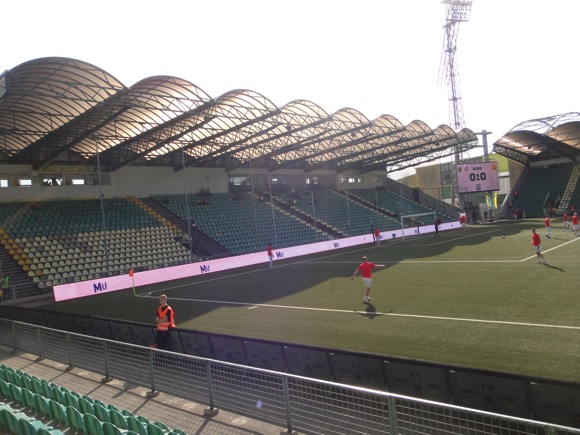
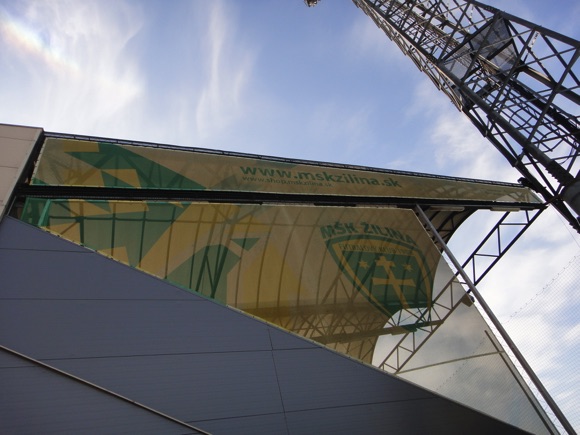
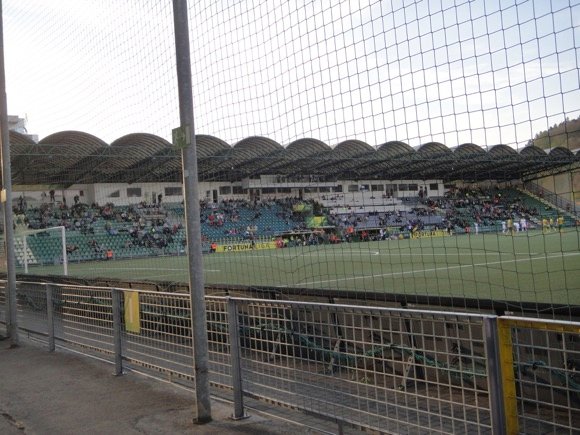
Backdropped by wooded slopes, the pod Dubňom (‘Under Dubeň Hill’) is a neat arrangement of four stands of distinctive yellow-and-green seats. The home end is now the four sectors (A-D) of the South Stand (Južná Tribúna), and three sectors (A-C) of the North Stand (Severná Tribúna), the far D sector allocated to away supporters.
The main stand for press and VIPs is the West Stand (Západná Tribúna), closest to the entrance accessed from Sportová nearest the ice hockey arena. The East Stand (Východná Tribúna) nearest the railway station contains more VIP seats.
With rebuilding work in Trnava and Bratislava, Žilina became the main home ground for the Slovak national team. It was also the main stadium used for the 2013 under-17 European Championships, won by Russia. The venue lost its international status once Spartak and Slovan’s stadiums were opened in 2015 and 2019.
getting there
Going to the stadium – tips and timings

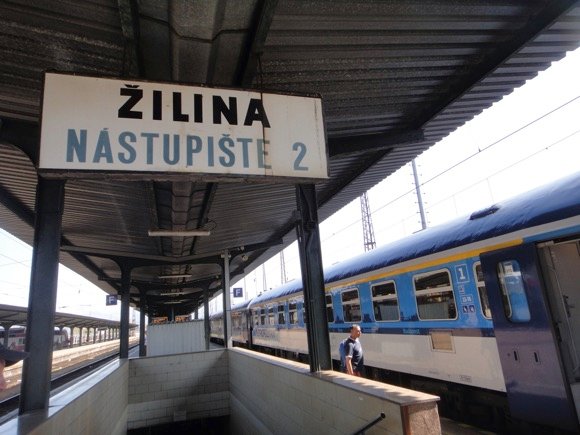

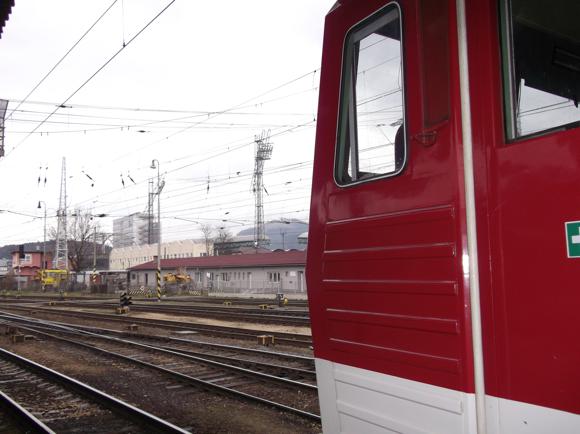

The stadium is a short walk from Žilina station. Head for platforms 2 and 3, walk over the tracks on the wooden railboard, cut through a small area of workmen’s huts, and you’re there in five minutes.
Alternatively, the stadium is near the Kysucká stop on the 22 and 30 bus lines, one stop from the station, or the 21 from the town centre.
getting in
Buying tickets – when, where, how and how much


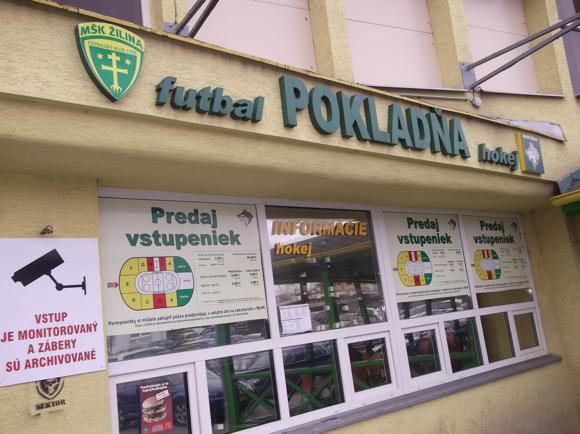
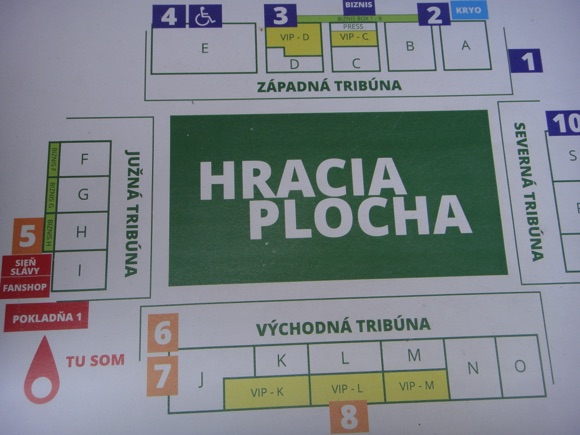
At the ticket windows just inside the main gate as you arrive from the railway tracks, it’s €7 for a seat in the sideline stands, €5 behind the goals.
It’s an across-the-board €1 for 5-16s everywhere, under-5s free. Online sales are also offered by the club in Slovak.
what to buy
Shirts, kits, merchandise and gifts
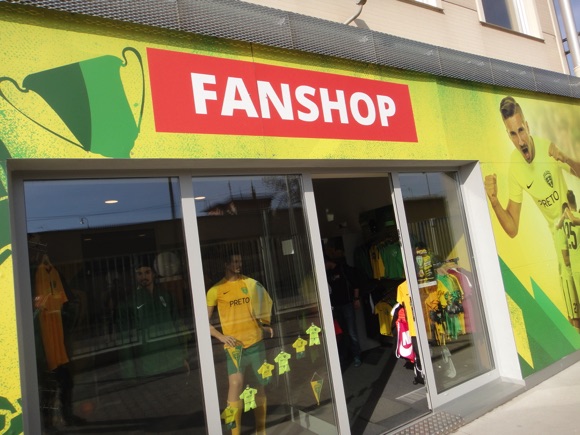
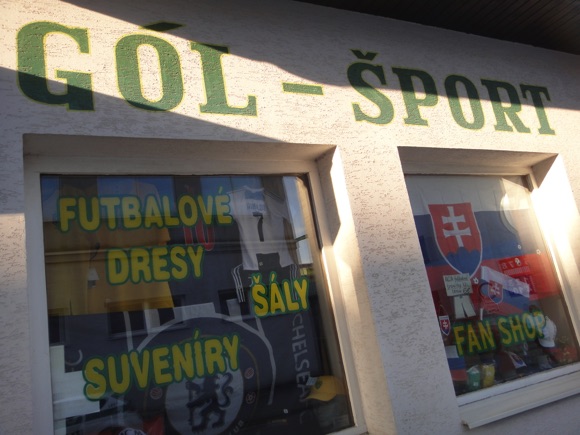



The club shop (Tue-Wed 2pm-6pm, match days) behind the home South Stand stocks standard green-and-yellow merchandise, plus free match-day programmes.
Next door is the Hall of Fame, still to be opened. On the other side of the ground, the Gól-Šport MŠK shop at Športová 9 has similar souvenirs.
Where to Drink
Pre-match beers for fans and casual visitors





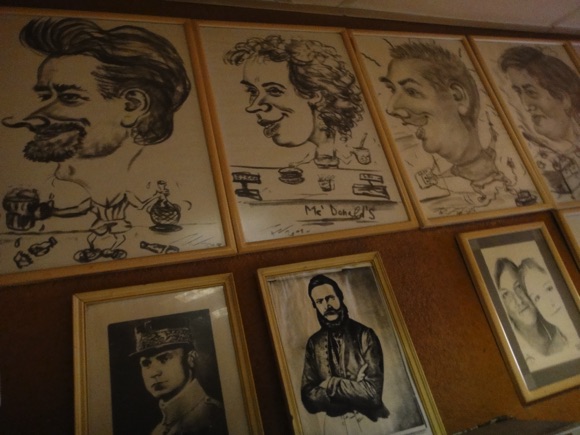
The only drinking spots on the way to the stadium are the bizarre u Cára, close to the Hotel Slovan just before the railway underpass, a tatty haunt whose décor and clientele date back to 1957, and the nearby Holiday Inn, whose spiffy Aquarium Bar in the lobby now serves local ERB craft beer.
Local fans tend to ignore these to gather at the Západná reštaurácia, a white marquee by the ticket windows. Beer is served in MŠK Žilina-themed mugs, which make for nice souvenirs, and the sausages are supreme. A politically incorrect mascot in native Indian gear poses for selfies with beer-bellied Slovaks.
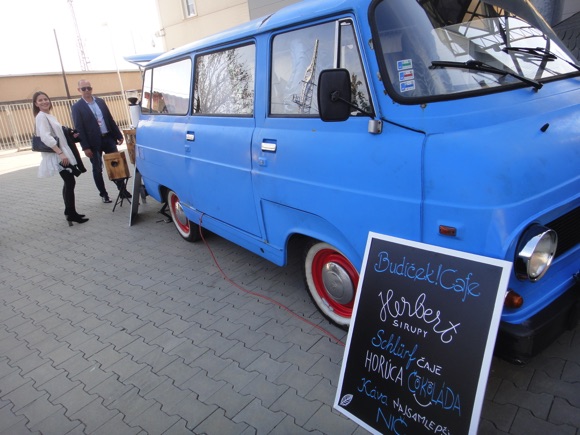

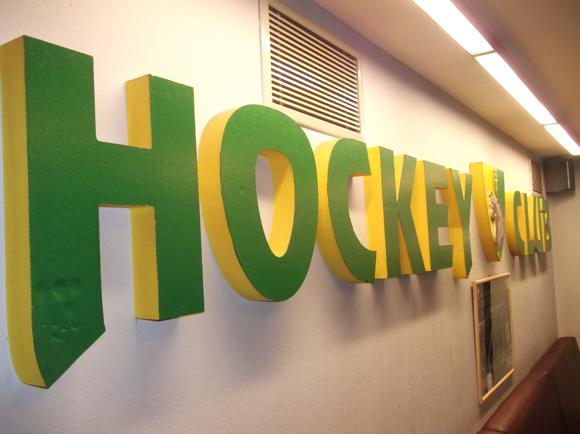


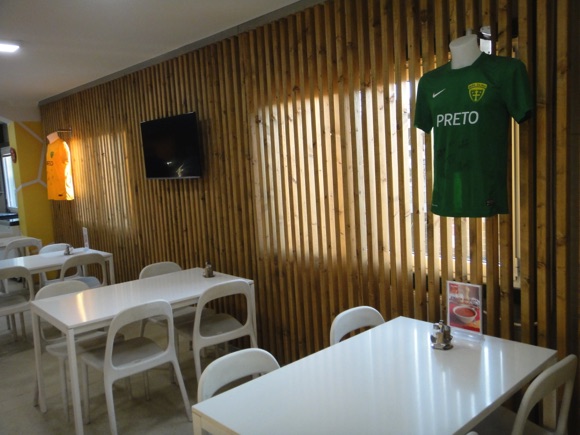

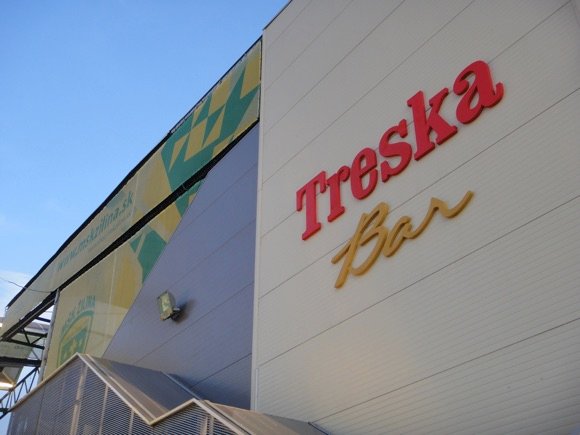
Also on match days, the blue Budíček Café van sets up to dispense decent new-wave coffee behind the main stand, bufet outlets operate for beer and sausages at half-time, and the superior TreskaBar in the West Stand serves the fish dishes which helped club owner Jozef Antošík build his firm’s reputation.
Usually on non-match days, beside the indoor arena, the Ice Bar Hokejko caters to Žilina’s hockey following but its yellow-and-green colour scheme, and Corgoň and Starobrno beers, appeal to local football disciples, too.

